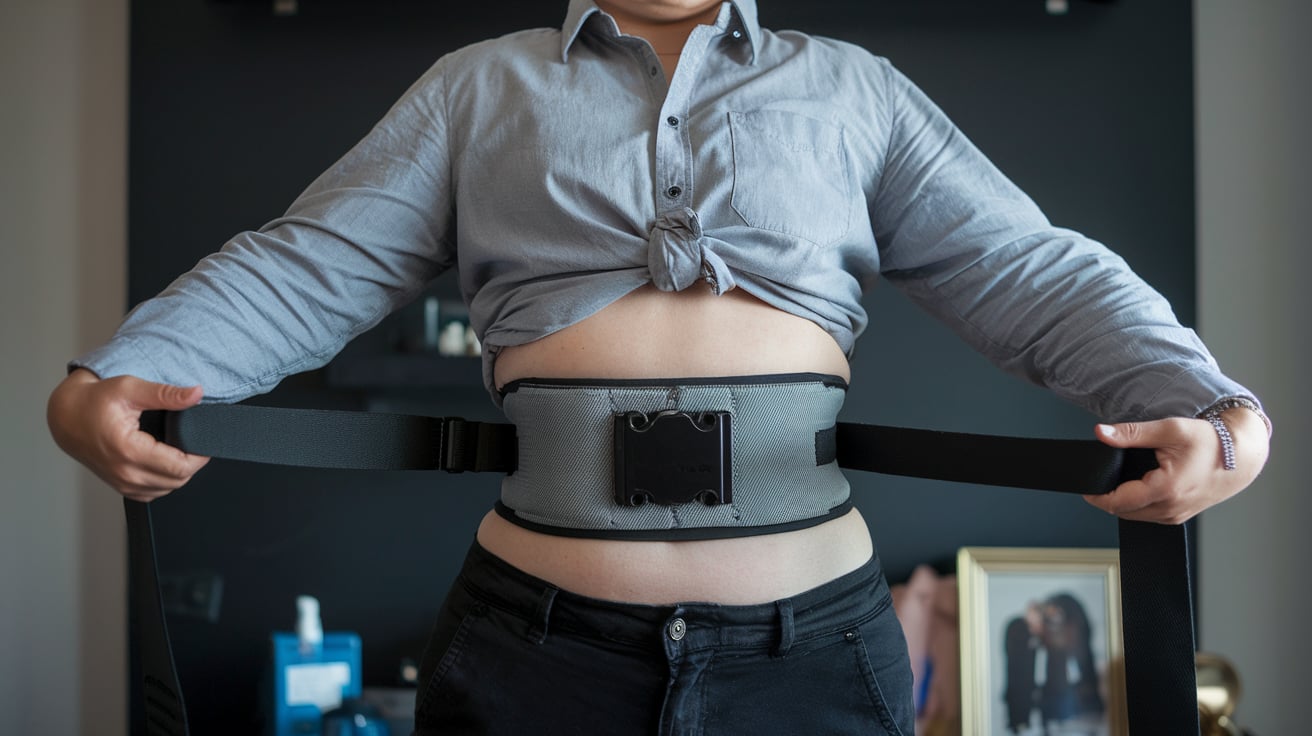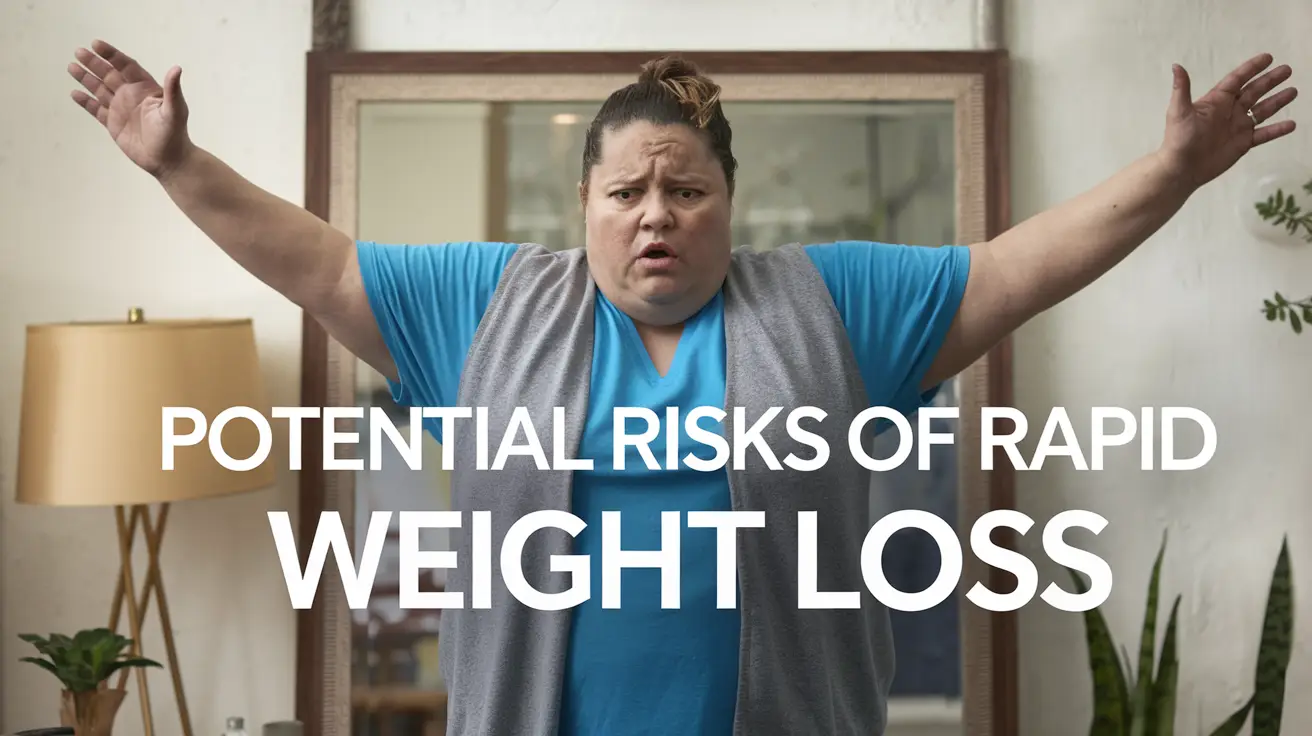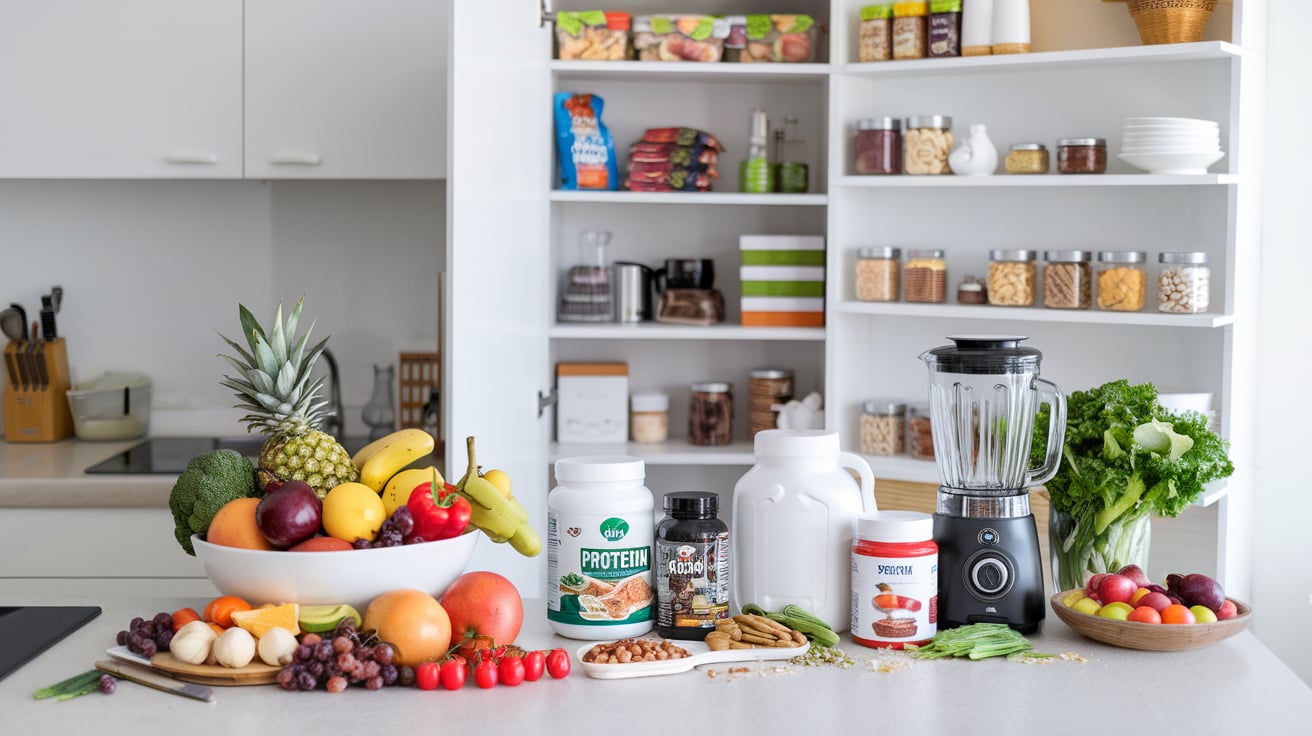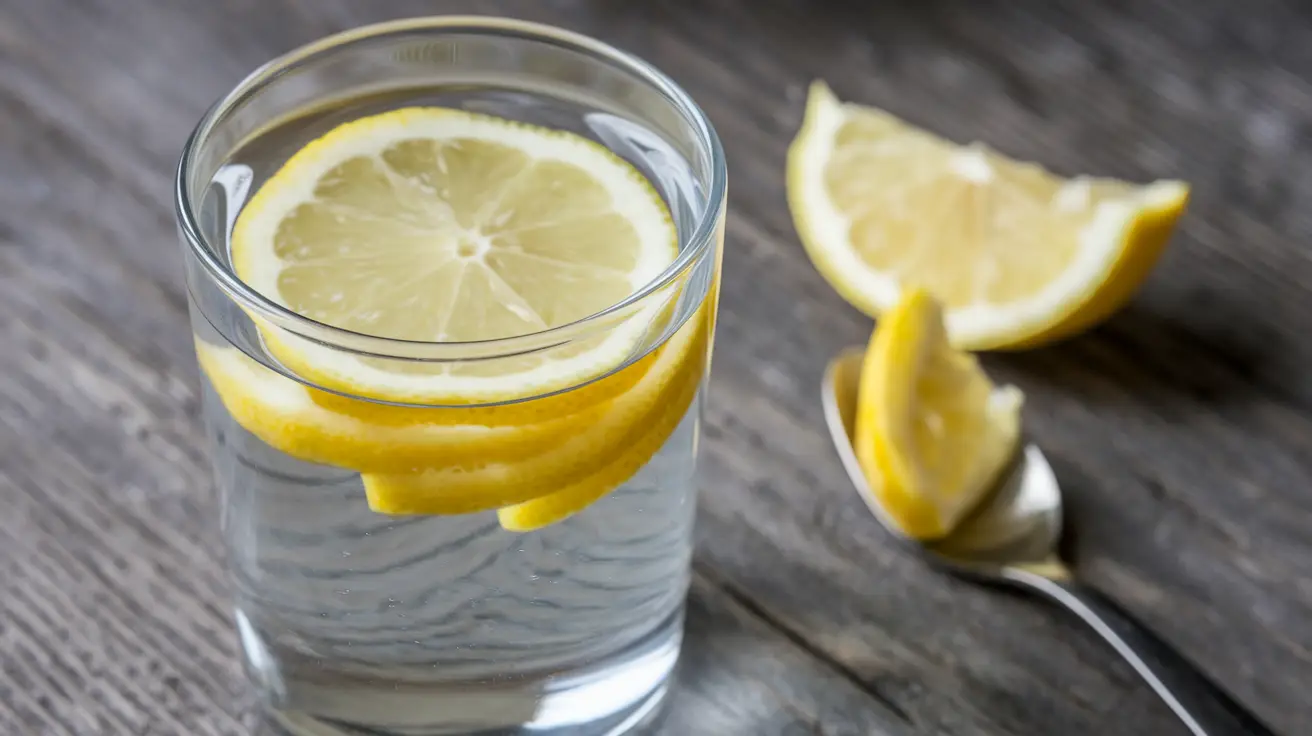If you are exited to know how to lose weight fast in 2 weeks this article is for you. The allure of rapid weight loss is undeniable. Whether it’s for an upcoming event, a vacation, or simply to jumpstart a healthier lifestyle, many people are eager to see fast results. But while the idea of losing 10 kg in just two weeks is appealing, it’s crucial to approach such a goal with caution. Rapid weight loss can be achieved, but it requires a balanced, informed approach to ensure safety and effectiveness.
In this guide, we’ll explore whether losing 10 kg in 14 days is feasible, discuss the best methods to achieve this goal, and highlight the importance of maintaining a healthy balance throughout your weight loss journey.
Table of Contents
1. Understanding Rapid Weight Loss


The Science of Weight Loss
Weight reduction, at its center, is tied in with making a calorie deficiency — consuming a greater number of calories than you consume. Your body uses calories for basic functions like breathing, digestion, and physical activity. When you consume fewer calories than your body needs, it turns to stored fat for energy, leading to weight loss.
Metabolism plays a crucial role in this process. It’s the rate at which your body burns calories. Factors such as age, gender, genetics, and muscle mass influence your metabolic rate. While you can’t change certain aspects of your metabolism, you can boost it through diet, exercise, and lifestyle changes.
Is It Possible to Lose 10 kg in 2 Weeks?


Losing 10 kg in two weeks is an aggressive objective. It’s important to set realistic expectations: while significant weight loss is possible, the exact amount you can lose will depend on various factors, including your starting weight, metabolism, and how strictly you adhere to your plan.
For many, losing 10 kg in such a short period may require drastic calorie reduction and intense exercise. While this can work in the short term, it’s not sustainable or advisable for everyone. A more realistic and safer approach might be to aim for 5-7 kg and then continue working toward your goal in the following weeks.
Potential Risks of Rapid Weight Loss


Rapid weight loss can come with risks. These include muscle loss, nutritional deficiencies, and a slowed metabolism. When you lose weight too quickly, you’re likely losing water and muscle mass rather than fat. This can leave you feeling fatigued and weaken your immune system.
Additionally, extreme calorie restriction can lead to nutrient deficiencies, affecting your overall health. For example, cutting out certain food groups might deprive you of essential vitamins and minerals. It’s also common for rapid weight loss to slow your metabolism, making it harder to maintain your weight loss long-term.
2. Setting the Foundation: Preparing for Your 2-Week Journey


Consulting a Professional
Before embarking on a rapid weight loss journey, it’s vital to consult with a healthcare professional, such as a doctor or dietitian. They can help you assess whether your goal is safe and provide personalized advice based on your health status. For those with underlying health conditions, attempting to lose a significant amount of weight quickly could be dangerous.
Setting Realistic Goals
Setting realistic goals is key to your success. While it’s tempting to aim for the highest number possible, setting achievable targets will keep you motivated and reduce the risk of disappointment. Consider setting a primary goal (e.g., losing 5 kg) and a stretch goal (e.g., losing 10 kg) to maintain a healthy balance between ambition and practicality.
Mental Preparation
Weight reduction isn’t simply an actual test; it’s a psychological one as well. Mental preparation involves setting your mindset and motivations for the journey ahead. This includes understanding why you want to lose weight, visualizing your success, and preparing yourself for the challenges you’ll face along the way. Staying positive, focused, and resilient is essential to achieving your goals.
3. Diet: The Cornerstone of Rapid Weight Loss


Caloric Deficit Explained
To lose weight, you need to create a calorie deficit. This implies consuming less calories than your body consumes every day. On average, a deficit of 500 to 1,000 calories per day can lead to a weight loss of about 0.5 to 1 kg per week. However, for more rapid weight loss, a larger deficit is required, though it should never fall below 1,200 calories per day for women or 1,500 calories per day for men, unless supervised by a doctor.
To calculate your caloric needs, you can use an online calculator that factors in your age, gender, weight, height, and activity level. From there, you can determine how many calories you need to cut to achieve your weight loss goal.
The Role of Macronutrients
- Proteins: Essential for muscle repair and growth, proteins can help prevent muscle loss during weight loss. They also have a high thermic effect, meaning your body burns more calories digesting protein than it does with carbs or fats.
- Carbohydrates: While often demonized, carbs are crucial for energy, especially if you’re exercising. Focus on complex carbs, like whole grains, vegetables, and legumes, which provide sustained energy and are high in fiber, keeping you full longer.
- Fats: Healthy fats, found in foods like avocados, nuts, and olive oil, are essential for hormone production and nutrient absorption. They additionally assist with keeping you satisfied, diminishing the probability of gorging.
Sample 2-Week Meal Plan


A well-structured meal plan is vital for rapid weight loss. Here’s a sample plan to get you started:
- Day 1:
- Breakfast: Greek yogurt with berries and a sprinkle of chia seeds.
- Lunch: Barbecued chicken bosom with quinoa and steamed broccoli.
- Dinner: Baked salmon with a side of roasted vegetables (carrots, zucchini, bell peppers).
- Snacks: A handful of almonds, cucumber slices with hummus.
- Beverages: Water, herbal tea, black coffee (no sugar).
- Day 2:
- Breakfast: Fried eggs with spinach and a cut of entire grain toast.
- Lunch: Turkey and avocado wrap with a side of leafy greens.
- Supper: Sauteed tofu with blended vegetables and earthy colored rice.
- Snacks: Apple slices with peanut butter, a small handful of walnuts.
- Beverages: Water with lemon, green tea.
This plan emphasizes whole, nutrient-dense foods that are low in calories but high in nutrients, helping you maintain energy levels and feel full throughout the day.
Foods to Avoid
To maximize your weight loss, it’s important to avoid foods that are high in calories but low in nutrients. These include:
- Processed Foods: Chips, cookies, and sugary cereals are calorie-dense and low in nutritional value.
- Sugary Beverages: Sodas, sweetened teas, and juices add unnecessary calories without filling you up.
- High-Fat Junk Foods: Fast foods like burgers, fries, and pizza are often high in unhealthy fats and calories.
4. Exercise: Boosting Your Weight Loss


The Role of Exercise in Weight Loss
Exercise is a powerful tool in weight loss, helping you burn calories and build muscle. Combining cardiovascular exercise with strength training can maximize your results. Cardio exercises, such as running, swimming, and cycling, burn calories and improve cardiovascular health. Strength training, on the other hand, helps build muscle, which increases your resting metabolic rate, meaning you burn more calories even when you’re not exercising.
High-Intensity Interval Training (HIIT)
HIIT is a powerful activity strategy for fast weight reduction. It includes short eruptions of extreme activity followed by brief reprieve periods. HIIT workouts are time-efficient and can be more effective at burning fat compared to longer, steady-state cardio sessions.


Sample HIIT Workout Routine:
- Warm-Up: 5 minutes of light running or energetic strolling.
- Workout: 30 seconds of sprinting, followed by 30 seconds of walking or resting. Repeat this cycle for 20 minutes.
- Cool Down: 5 minutes of extending or slow strolling.
Strength Training
Strength preparing is pivotal for safeguarding bulk during weight reduction. It also boosts your metabolism, helping you burn more calories throughout the day. Aim to include strength training exercises that target major muscle groups, such as squats, lunges, push-ups, and deadlifts.
Sample Strength Training Routine
- Day 1: Upper body (push-ups, dumbbell presses, bicep curls).
- Day 2: Lower body (squats, rushes, calf raises).
- Day 3: Core (planks, Russian twists, leg raises).
- Day 4: Rest or light activity (walking, stretching).
Incorporating Daily Activity
In addition to structured exercise, increasing your daily activity levels can contribute significantly to weight loss. Simple activities like walking more, taking the stairs, or even stretching can add up and help you burn extra calories throughout the day.
5. Lifestyle Changes to Support Rapid Weight Loss


Importance of Sleep
Sleep is often overlooked in weight loss, but it plays a critical role. Absence of rest can upset chemicals that manage hunger, prompting expanded hunger and desires. Hold back nothing long stretches of value rest each night to help your weight reduction endeavors.
Stress Management
Stress can trigger emotional eating, which often leads to consuming unhealthy, high-calorie foods. Chronic stress also raises levels of cortisol, a hormone that can promote fat storage, particularly in the abdominal area. To oversee pressure really, consider integrating unwinding strategies into your everyday daily practice, for example,
- Meditation: Spend a few minutes each day practicing mindfulness or deep breathing exercises.
- Yoga: Joins actual development with care, diminishing pressure and work on by and large prosperity.
- Journaling: Writing down your thoughts and feelings can help you process and manage stress.
- Physical Activity: Exercise is a natural stress reliever and can boost your mood by releasing endorphins.
Hydration
Staying hydrated is crucial for weight loss. Water supports processing, assists you with feeling full, and might help your digestion. Drinking water before meals can also help you eat less by creating a sense of fullness. Aim for at least 8-10 glasses of water per day, and consider starting your day with a glass of water to kickstart your metabolism.


Tips to Increase Water Intake:
- Convey a water bottle with you to remind yourself to drink over the course of the day.
- Infuse your water with fresh fruits, such as lemon, lime, or cucumber, to add flavor.
- Set updates on your telephone to hydrate at standard stretches.
Avoiding Temptations
One of the biggest challenges in weight loss is resisting cravings and temptations. Whether it’s sweets, salty snacks, or comfort foods, temptations can derail your progress. Here are a few systems to remain focused:
- Out of Sight, Out of Mind: Keep unhealthy foods out of your home or at least out of plain sight.
- Healthy Alternatives: Find healthier alternatives for your favorite snacks. For example, swap chips for air-popped popcorn or fruit for dessert.
- Careful Eating: Focus on what and the amount you’re eating. Stay away from interruptions, such as sitting in front of the television, while eating to forestall gorging.
- Planning Ahead: Prepare healthy meals and snacks in advance to avoid the temptation of grabbing something unhealthy when you’re hungry.
6. Monitoring Progress and Staying Motivated


Tracking Your Progress
Monitoring your progress is essential to stay motivated and ensure you’re on the right track. Tracking your weight, measurements, and even how your clothes fit can provide valuable feedback on your journey. Here are some tools and methods to help:
- Weigh-Ins: Weigh yourself at the same time each day (preferably in the morning) to track your progress.
- Body Measurements: Track changes in your waist, hips, thighs, and other key areas using a measuring tape.
- Progress Photos: Take before-and-after photos to visually see the changes in your body.
- Fitness Apps: Use apps to log your meals, workouts, and weight to keep everything in one place.
Celebrating Small Wins
Weight loss is a journey, and it’s important to celebrate the small victories along the way. Whether it’s losing a few pounds, sticking to your workout routine, or resisting a craving, these small wins add up and keep you motivated.
- Treat Yourself: Reward yourself with non-food treats, such as a new workout outfit, a spa day, or a movie night.
- Acknowledge Your Progress: Take time to reflect on your achievements and how far you’ve come.
- Share Your Success: Consider sharing your milestones with friends, family, or an online community for extra encouragement.
Dealing with Setbacks


Misfortunes are a characteristic piece of any weight reduction venture. Whether it’s a missed workout, a slip-up in your diet, or a slower-than-expected progress, it’s important not to let setbacks derail your efforts.
- Stay Positive: Focus on your long-term goals and remember that one setback doesn’t define your journey.
- Learn from Mistakes: Reflect on what caused the setback and how you can avoid it in the future.
- Get Back on Track: Don’t wait until tomorrow—start making healthier choices at your next meal or workout.
Support Systems
Having an emotionally supportive network can have a huge effect in your weight reduction venture. Whether it’s friends, family, or an online community, support from others can provide motivation, encouragement, and accountability.
- Workout Buddy: Find a friend or family member to join you in your workouts, making exercise more enjoyable and consistent.
- Online Communities: Join forums, social media groups, or apps where you can share your experiences, challenges, and successes.
- Professional Support: Consider working with a personal trainer or dietitian who can provide expert guidance and keep you accountable.
7. Post 2-Week Plan: Maintaining Your Weight Loss


Transitioning to a Sustainable Routine
After completing your 2-week rapid weight loss plan, it’s essential to transition to a more sustainable routine to maintain your results. Drastic diets and intense exercise routines are not sustainable long-term, so gradually reintroduce a more balanced approach.
- Gradual Increase in Calories: Slowly increase your caloric intake to a maintenance level, avoiding the temptation to binge or return to unhealthy eating habits.
- Adjusted Diet: Spotlight on a tight eating routine wealthy in entire food sources, including organic products, vegetables, lean proteins, and entire grains.
- Regular Exercise: Continue to incorporate regular exercise into your routine, focusing on a mix of cardio, strength training, and flexibility exercises.
Reintroducing Certain Foods
After restricting certain foods during your rapid weight loss phase, you may want to reintroduce them gradually to avoid weight regain. Focus on moderation and portion control.
- Mindful Eating: Pay attention to your hunger cues and eat until satisfied, not stuffed.
- Enjoy in Moderation: It’s okay to enjoy your favorite foods occasionally, but be mindful of portion sizes.
- Plan Indulgences: Allow yourself a treat meal or dessert once a week to satisfy cravings without going overboard.
Long-Term Fitness Goals


Maintaining your weight loss requires setting new fitness goals. These goals should focus on improving your overall health, fitness level, and well-being.
- Strength and Endurance: Set goals to improve your strength and cardiovascular endurance through regular exercise.
- Flexibility and Mobility: Incorporate stretching and mobility exercises to keep your body flexible and reduce the risk of injury.
- Consistency: Focus on maintaining a consistent exercise routine that you enjoy and can stick with long-term.
Mindset for Long-Term Success
Achieving and maintaining weight loss is about adopting a healthy lifestyle as a permanent change, not a temporary fix. This mentality shift is vital to long haul achievement.
- Lifestyle, Not a Diet: View healthy eating and regular exercise as part of your everyday life, rather than something you do just to lose weight.
- Embrace Balance: Allow yourself flexibility in your diet and exercise routine, understanding that perfection isn’t necessary for success.
- Self-Empathy: Be caring to yourself, particularly during testing times. Recollect that weight reduction is an excursion, not a race.
Conclusion
Losing weight quickly, especially 10 kg in 2 weeks, is an ambitious goal that requires dedication, careful planning, and a balanced approach. By understanding the science of weight loss, preparing mentally and physically, and following a structured diet and exercise plan, you can achieve significant results in a short period.
However, it’s crucial to prioritize your health and safety, listen to your body, and seek professional guidance if needed. After your 2-week plan, focus on transitioning to a sustainable routine that supports long-term health and well-being.
Remember, the journey doesn’t end after two weeks—embrace the lifestyle changes you’ve made, stay motivated, and continue to work toward your health and fitness goals.
Call to Action
If you’re ready to start your 2-week weight loss journey, take the first step today by planning your meals, setting up your exercise routine, and preparing yourself mentally. Share your progress with us, join a supportive community, or seek further advice if you need additional guidance.
FAQs
Is it really safe to lose 10 kg in 2 weeks?
While it is possible for some individuals, losing 10 kg in such a short time can be extreme and is not recommended for everyone. It’s important to prioritize safety and consult with a healthcare professional before attempting rapid weight loss.
What if I don’t reach my goal?
Don’t be discouraged! Any advancement is a positive development. Focus on the positive changes you’ve made and continue working toward your goal at a pace that’s sustainable for you.
Can I keep the weight off after the 2 weeks?
Yes, with the right approach! Transitioning to a balanced, sustainable routine after your 2-week plan is key to maintaining your weight loss long-term.
Success Stories
Emily’s Journey: “I followed a structured 2-week plan with a focus on whole foods and daily exercise. I didn’t lose 10 kg, but I did lose 6 kg, and I felt stronger, more energized, and motivated to keep going. The key for me was setting realistic goals and celebrating the small wins along the way.”
John’s Transformation: “Getting more fit has forever been difficult for me, yet with a severe eating regimen and HIIT exercises, I figured out how to lose 8 kg in about fourteen days. More importantly, I learned how to maintain my weight loss by making small, sustainable changes to my lifestyle. It wasn’t easy, but it was worth it.”



2 comments
[…] by eating less frequently, your body has more time to process stored fat as fuel, leading to weight loss and other positive health outcomes. Many people find intermittent fasting to be an easier way to […]
[…] appeal lies in its choreographed, music-driven workouts, making weight training feel like a group performance rather than a solitary task. Since its inception, Les Mills […]